Book of the Day Roundup: January 31-February 4, 2022
The Love Parade
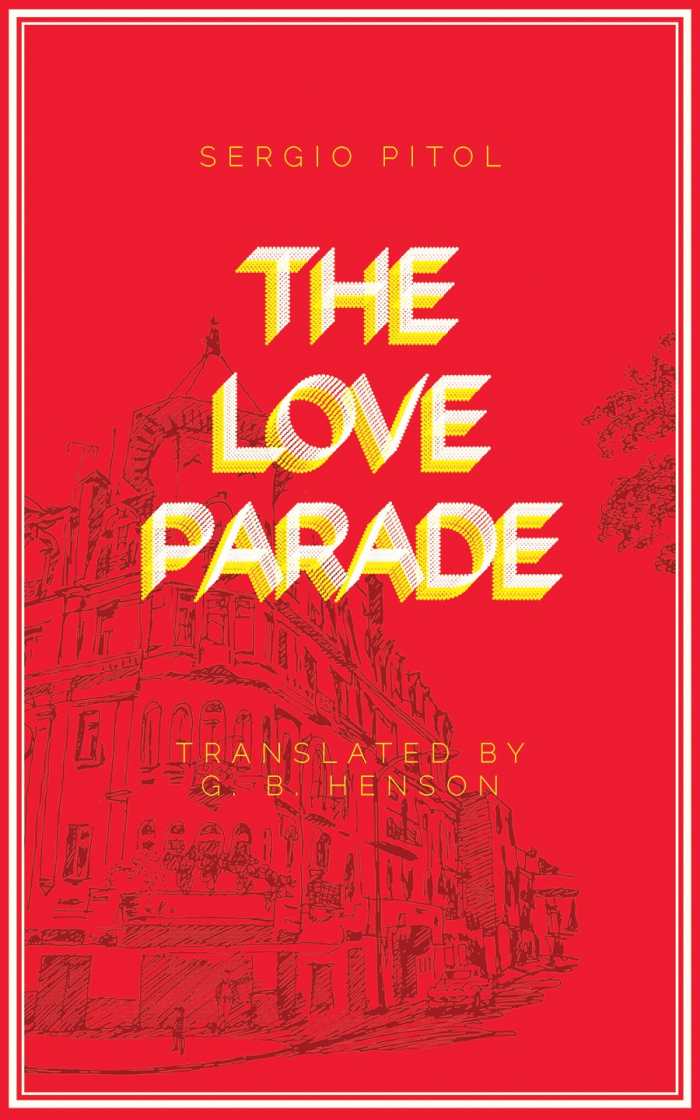
Sergio Pitol
George Henson, translator
Deep Vellum Publishing
Softcover $15.95 (280pp)
978-1-64605-113-7
Buy: Local Bookstore (Bookshop)
A historian investigates a decades-old murder that involves his own family in Sergio Pitol’s historical novel, The Love Parade.
While conducting research, Miguel, a historian, stumbles across information regarding the 1942 shooting of his aunt’s stepson. He returns to Mexico to investigate the murder, and with each resource he consults—archival documents, aging relatives and acquaintances—a new version of the story emerges. Through every variation stalks the same ominous shadows: grief, shame, hatred, and secrets so terrible that someone—or multiple someones—was willing to kill to keep them hidden.
Set in Mexico City in 1973, the story follows Miguel’s quest to discover the truth about the murder that occurred outside of the very building he once lived in. The narrative he uncovers is driven by feuds between larger-than-life personalities and a world war that generated an influx of refugees and other newcomers—not all of them welcome among the elite and aspiring elite, whose stories intersect with the dead man’s.
As he investigates, Miguel encounters disputing versions of what happened that fateful night. One day, Miguel listens to a self-deprecating woman extol her dead mother’s virtues; the next, the dead woman is transformed into a pretentious hack by the vicious tongue of a reclusive yet lonely bookseller. As Miguel collects stories, themes emerge: the same rivalries with different angles, the same unlikable henchman who terrorizes and threatens his way through everyone’s tale, the same secrets boiling just beneath the surface. By the end, Miguel has gathered all the puzzle pieces, but is unsure what they mean or what to do about them. He only knows that this journey has affected him in ways that he never could have expected.
The Love Parade is a twisted, multilayered mystery that delves into the sordid side of Mexican history.
EILEEN GONZALEZ (December 27, 2021)
Lesser Known Monsters of the 21st Century
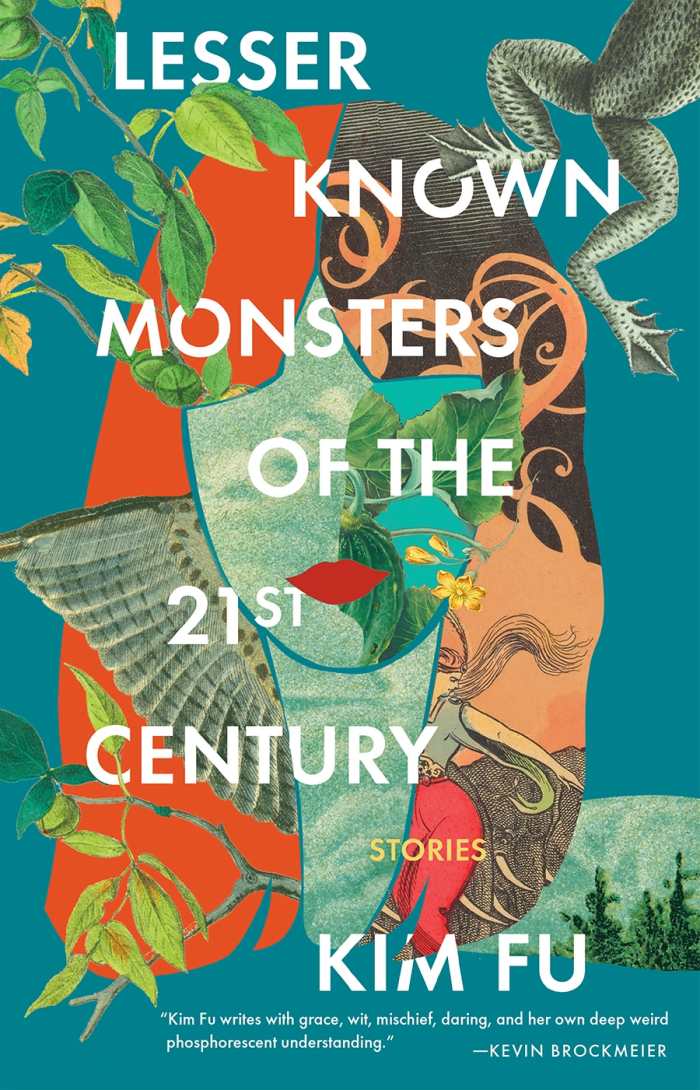
Kim Fu
Tin House
Softcover $16.95 (220pp)
978-1-951142-99-5
Buy: Local Bookstore (Bookshop)
The incredible merges with the everyday in Kim Fu’s short story collection Lesser Known Monsters of the 21st Century.
Puberty takes a fantastical turn for a group of teenage girls. Neighborhood children obsess over the accidental deaths of a family no one liked. Everyone on Earth loses their sense of taste, causing a strange rift between a mother and daughter. Each story takes a common issue—mental illness, unhealthy relationships, the shunning of those who are different—and turns it into an extraordinary ordeal from which each person emerges forever altered.
The collection opens with “Pre-Simulation Consultation XF007867,” a gut-punch about a person who longs to see their dead mother one last time through a reality simulator, the moral implications of which are not well understood. It then moves through gripping, sometimes disturbing tales about characters whose lives are changed—usually for the worse—by bizarre incidents.
Some of the stories speculate about how future advancements could impact evergreen, even mundane problems. “Twenty Hours” is about a husband who, thanks to the misuse of a new invention, can murder and resurrect his wife whenever he needs a break from her. It is at once horrifying and more poignant than expected.
Other stories are eerie fantasies that cast familiar feelings and struggles in a new light. “Liddy, First to Fly” follows a young teenager who sprouts wings on her legs, bringing her closer to friends from whom she was growing apart. “June Bugs,” by contrast, is one of the collection’s more grounded stories, about a woman who escapes her abusive boyfriend and moves into a house infested with out-of-season insects. Whether outlandish or just odd, each story is a quiet, unforgettable revolution.
Lesser Known Monsters of the 21st Century is a breathtaking collection of speculative fiction stories about how new places and innovations affect timeless emotions.
EILEEN GONZALEZ (December 27, 2021)
Mrs. Death Misses Death
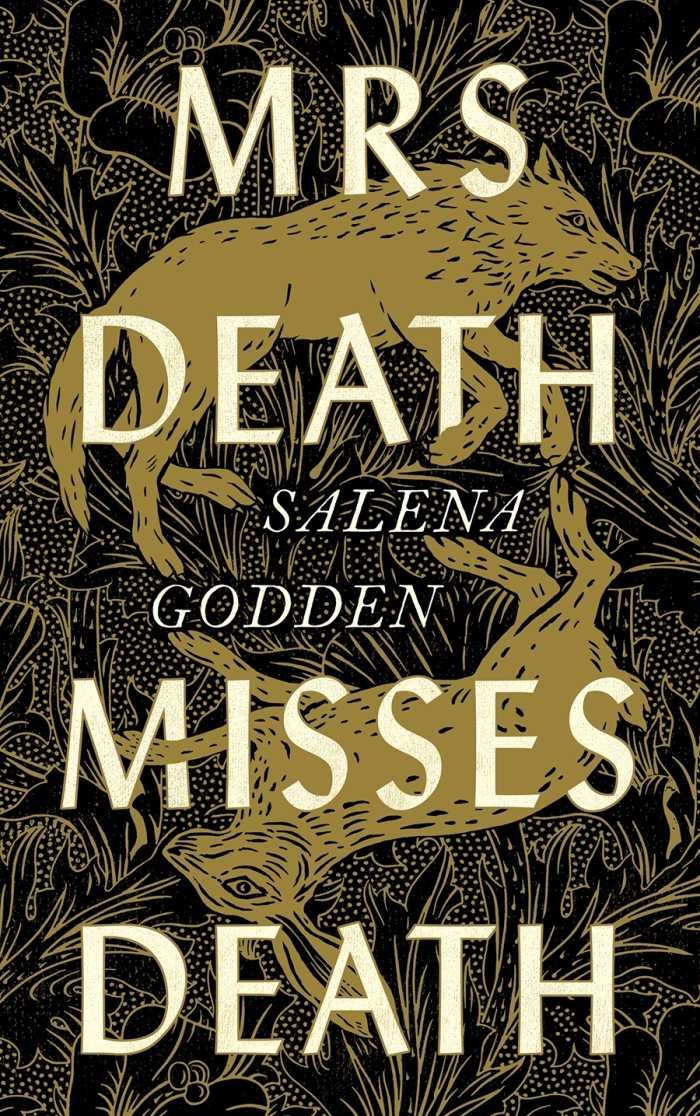
Salena Godden
Canongate
Hardcover $26.00 (320pp)
978-1-83885-119-4
Buy: Local Bookstore (Bookshop)
A young person invites Death to share her wisdom in Salena Godden’s ethereal novel Mrs. Death Misses Death.
Wolf is a writer trying to write about what they have known since they were nine: Death. Indeed, after impulse buying an antique desk, Wolf begins to see and hear Mrs. Death, a Black woman who tells Wolf about her past and present. Alternating between long walks around London and writing at the desk, Wolf records Mrs. Death’s stories.
Like many of Wolf’s experiences with Mrs. Death, the book exists in a liminal space, as both a novel and an exhortation to embrace life and all of its feelings, good and bad. Mrs. Death is a philosophical woman, and in explaining herself, she also discusses personhood and the necessity of connections. The book takes on several forms in order to do this work, including Mrs. Death’s stories, poetry, songs from Mrs. Death and Wolf, letters, and diary entries. In between these is the story of Wolf and their family, and of their trauma and its reverberating effects.
Wolf is not the most reliable narrator. They are haunted by the death of their mother. That death hangs over the entire novel; it makes Wolf susceptible to long stretches of severe depression. Wolf’s quiet meandering around London, which is alive with ghosts, reflects their fragile mental state.
Everything is connected, and the book charts deliberate paths for Mrs. Death and Wolf. It is subtle in its revelations, building repetitions of phrases in taut moments of anxiety and panic attacks, leading to the quiet shock of an unveiling. Depression is an insular and singular experience, and the book is masterful at describing that foggy state of being from the inside.
Mrs. Death Misses Death is a unique novel about depression and recovery.
DONTANá MCPHERSON-JOSEPH (December 27, 2021)
How We Are Translated
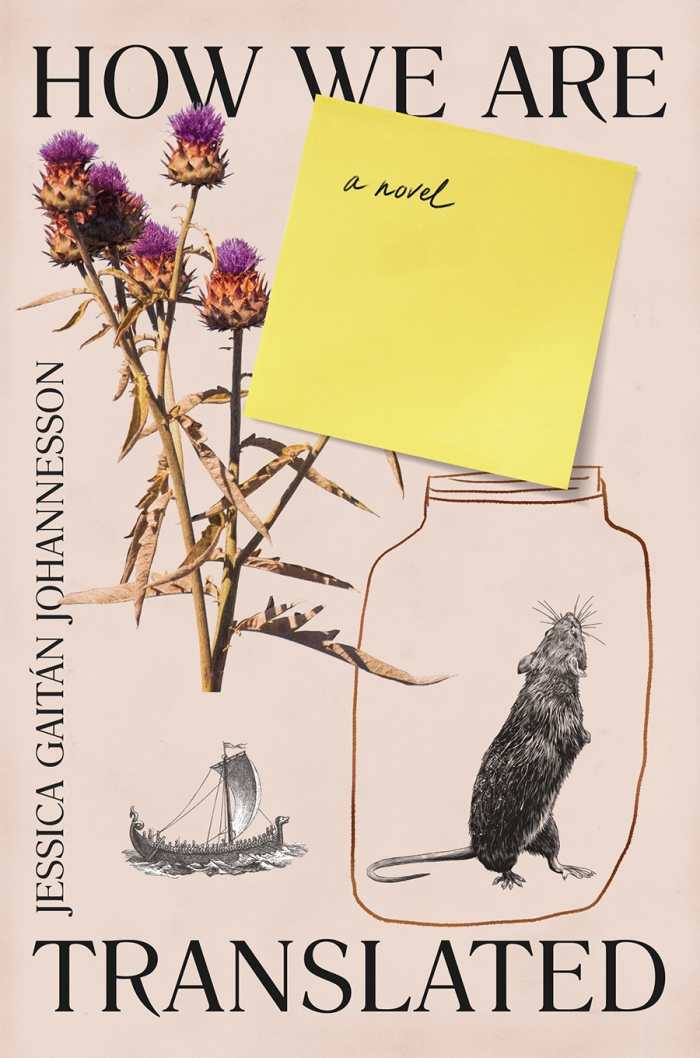
Jessica Gaitán Johannesson
Scribe Publications
Softcover $16.00 (240pp)
978-1-950354-82-5
Buy: Local Bookstore (Bookshop)
Concepts of ethnicity, intimacy, and identity are woven into Jessica Gaitán Johannesson’s quirky, contemplative novel How We Are Translated.
Twenty-four-year-old Kristin is a Swedish native living in Scotland. Her partner, Ciaran, was born in Brazil; he is often mistaken for a recent immigrant due to his dark skin.
Kristin works at Edinburgh’s National Museum of Immigration. Part of the museum’s living history exhibits, she fills the role of a tenth-century Norse woman, Solveig, whose backstory includes a husband and two cows. Like method actors, Kristin and the exhibit employees aren’t permitted to speak English; they must use their assigned language to communicate with each other and visitors.
Besides the Norse people, the museum features Italians, Lithuanians, Irish, and Polish people, all praised for having contributed to Scotland’s “rich cultural multiplicity.” The fact that Syrians and Pakistanis do not have an exhibit yet, despite their growing presence in the country, suggests that Scotland might consider some immigrants to be less desirable than others.
As Ciaran becomes more focused on his career, Kristin worries that their relationship is changing. She questions Ciaran’s sudden interest in learning Swedish, wondering if it’s a sincere attempt to bring them closer, or for opportunistic reasons. Kristin’s discovery that she is pregnant also leaves her with a sense of ambiguity, though the pregnancy is soon incorporated into Solveig’s historical future.
How We Are Translated creates two worlds: the static coziness of Kristin and Ciaran’s apartment, and the surreal reality of the immigration museum. The behind-the-scenes depiction of the museum is fascinating, with glimpses of administrative squabbles, rude visitors, staff discontent, cow constipation, and ethnic rivalries.
Poignant, perceptive, and clever, How We Are Translated is a novel about the human beings who exist beyond ideals of diversity, and about the emotional implications of language.
MEG NOLA (December 27, 2021)
The Healing Power of Storytelling
Using Personal Narrative to Navigate Illness, Trauma, and Loss
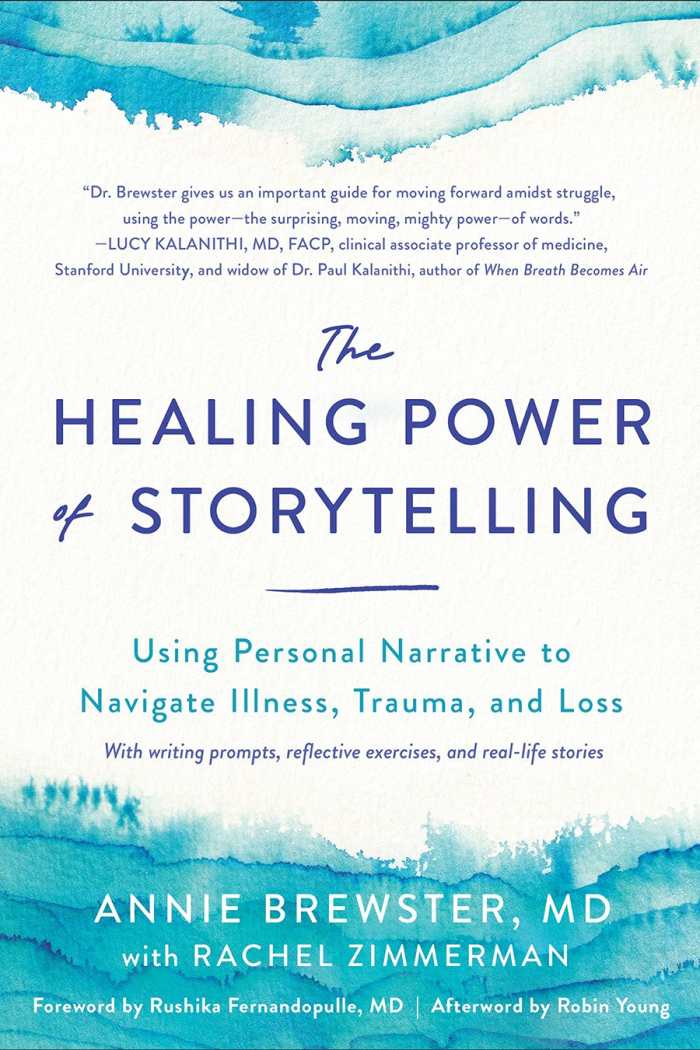
Annie Brewster
Rachel Zimmerman, contributor
North Atlantic Books
Softcover $17.95 (200pp)
978-1-62317-669-3
Buy: Local Bookstore (Bookshop)
Annie Brewster’s transformative self-help book The Healing Power of Storytelling begins with a personal story: Brewster, confronted with a multiple sclerosis diagnosis, found that sharing her tale helped. Her book covers why and how storytelling is healing, citing scientific research and sharing examples, including the story of contributor Rachel Zimmerman losing her husband to suicide. Throughout, it demonstrates that organizing one’s key experiences, and then reframing and sharing those experiences, can be therapeutic. Practical steps for replicating the method, including thoughtful writing prompts to begin the storytelling process, are shared—both at the end of the first part of the book, and at the end of each subsequent chapter.
Specific narratives that demonstrate the profound impact that storytelling can have come in the book’s second part. These are compelling tales from people who dealt with major illnesses and who found their experiences transformed by writing and sharing their stories. Michael, a man with a terminal brain tumor, found that the process of storytelling gave him a sense of purpose, community, and gratitude in a situation that might otherwise have been overwhelming; Tracey, a diabetic, worked with her doctor to develop a storytelling process, allowing them to understand one another better and communicate more effectively.
Though the book focuses most on written stories, it includes a chapter on sharing stories through other mediums, including painting and sculpture, for those who do not find writing to be their most meaningful form of self-expression. There is also a hopeful chapter about how storytelling can be the impetus for social change.
The Healing Power of Storytelling is a thoughtful self-help resource with guidance for finding meaning in the face of life-changing illnesses. Its work is profound and insightful, imparting genuine hope without false promises.
CATHERINE THURESON (December 27, 2021)
Barbara Hodge
